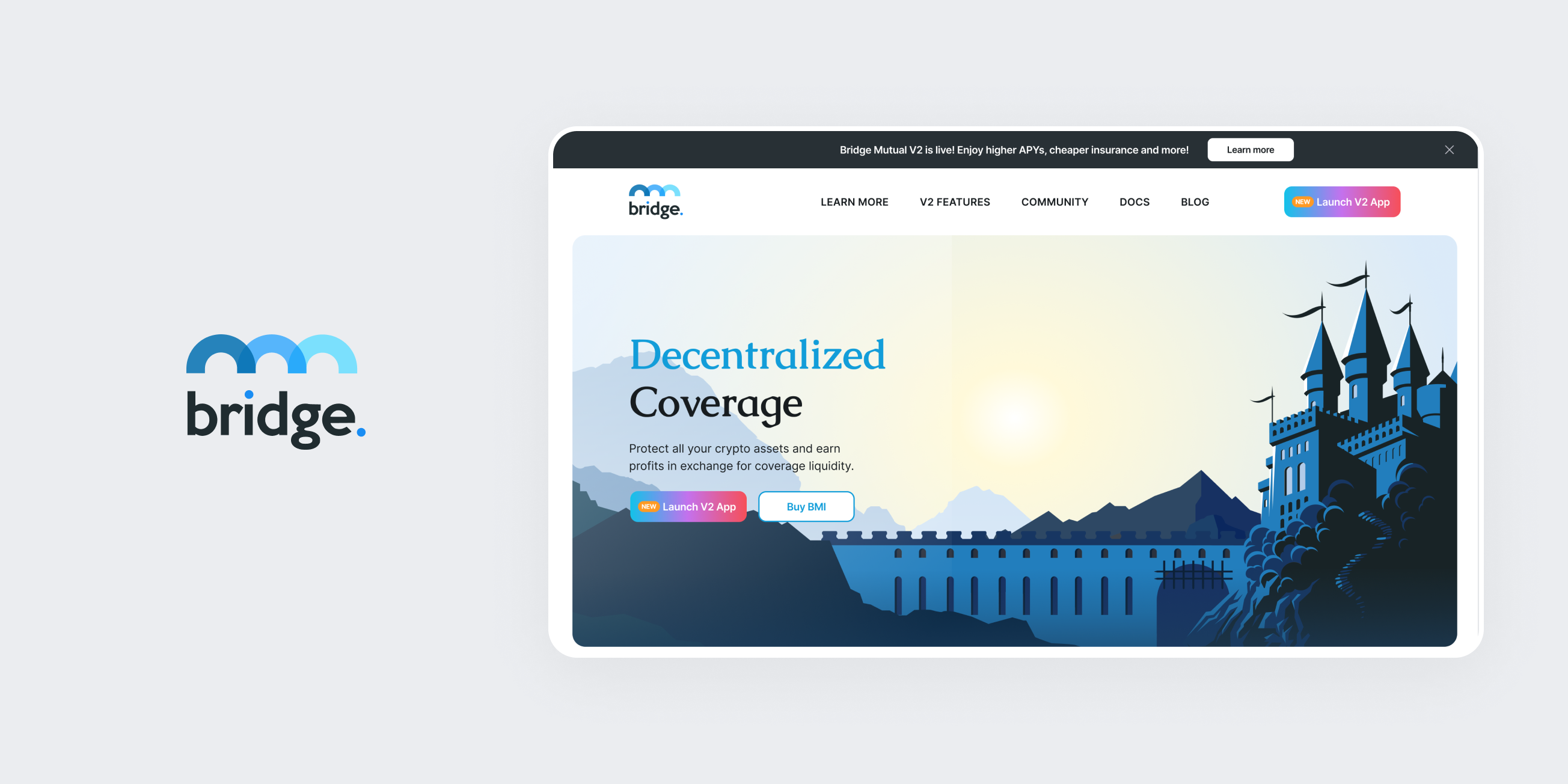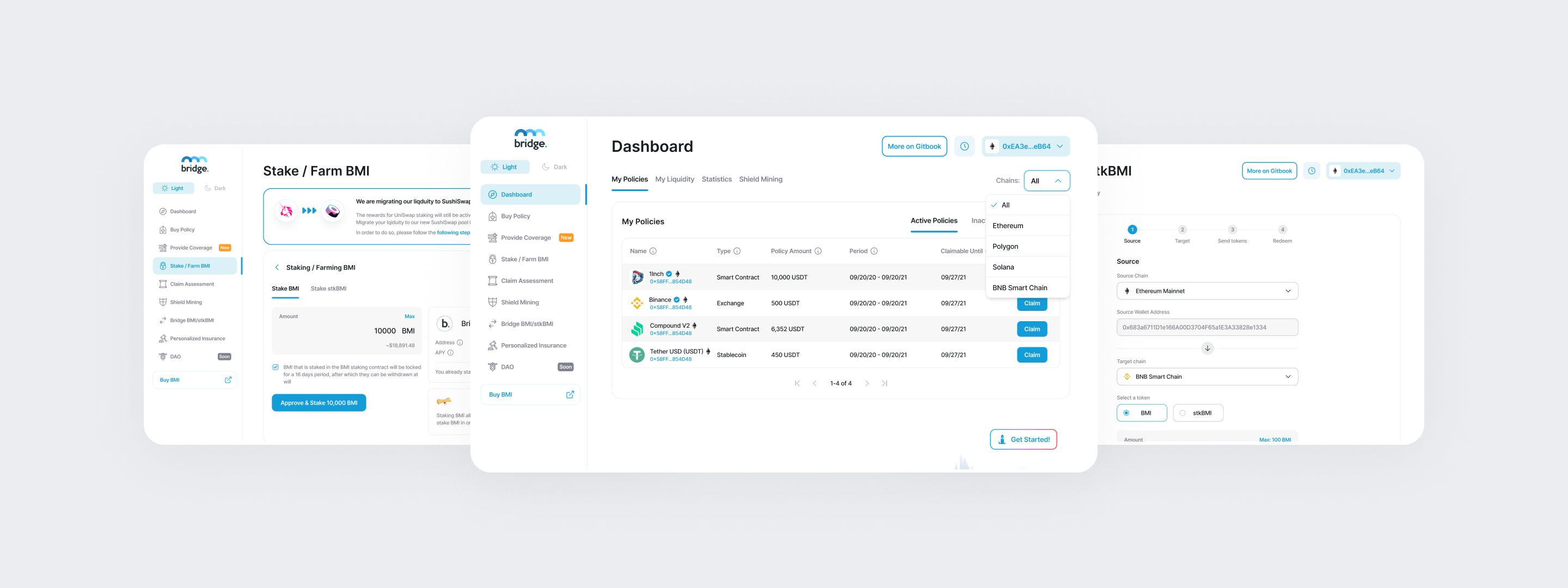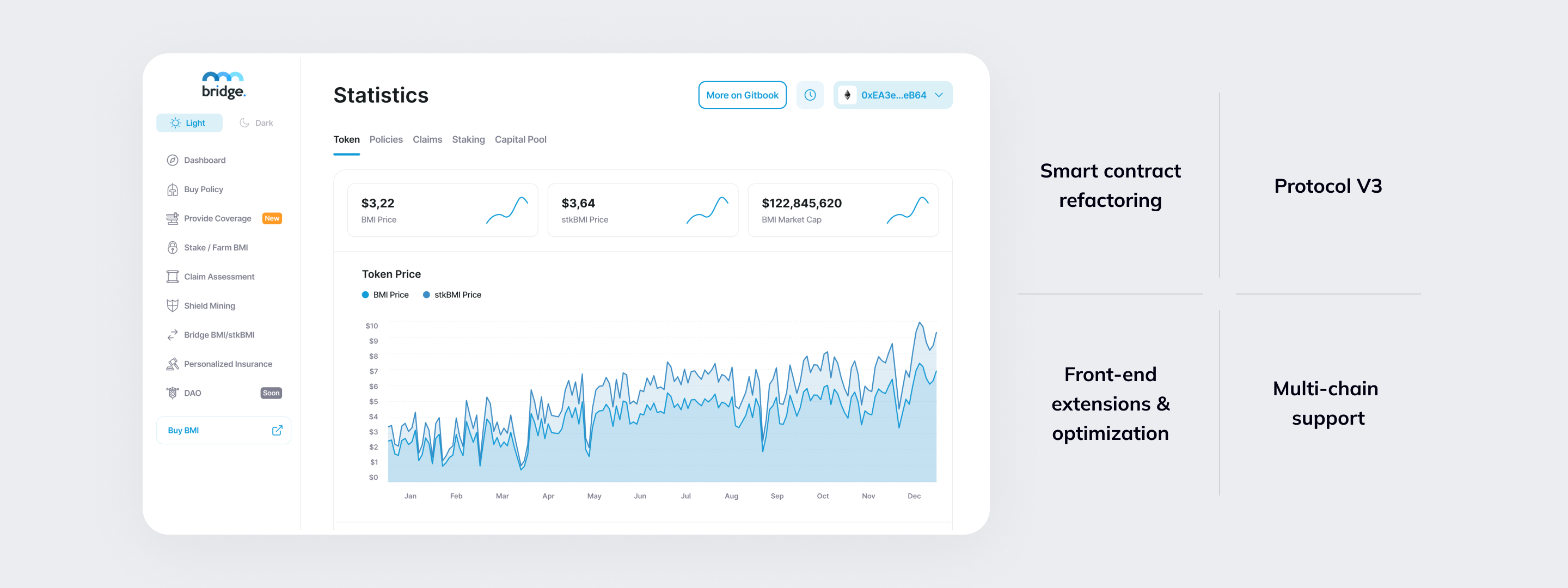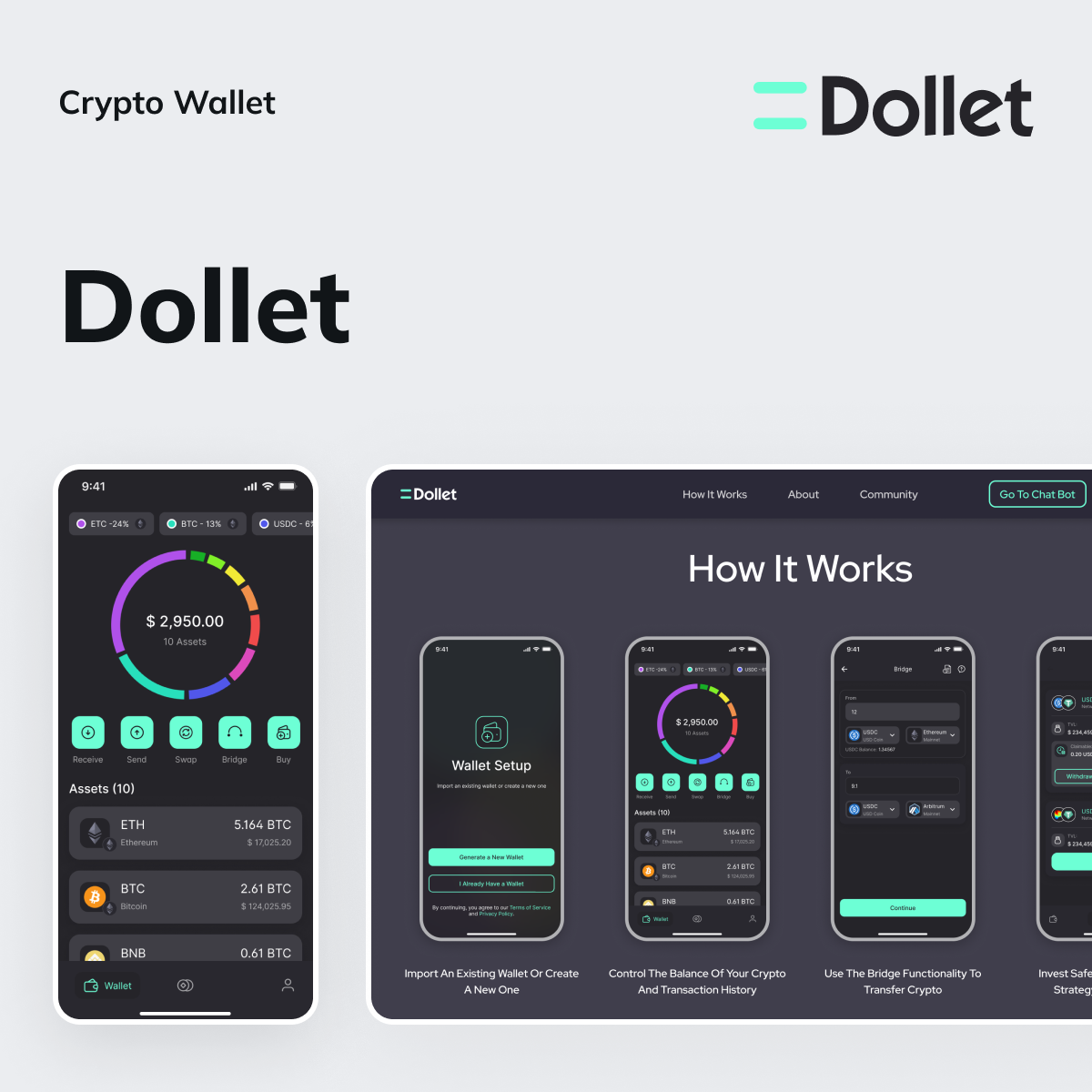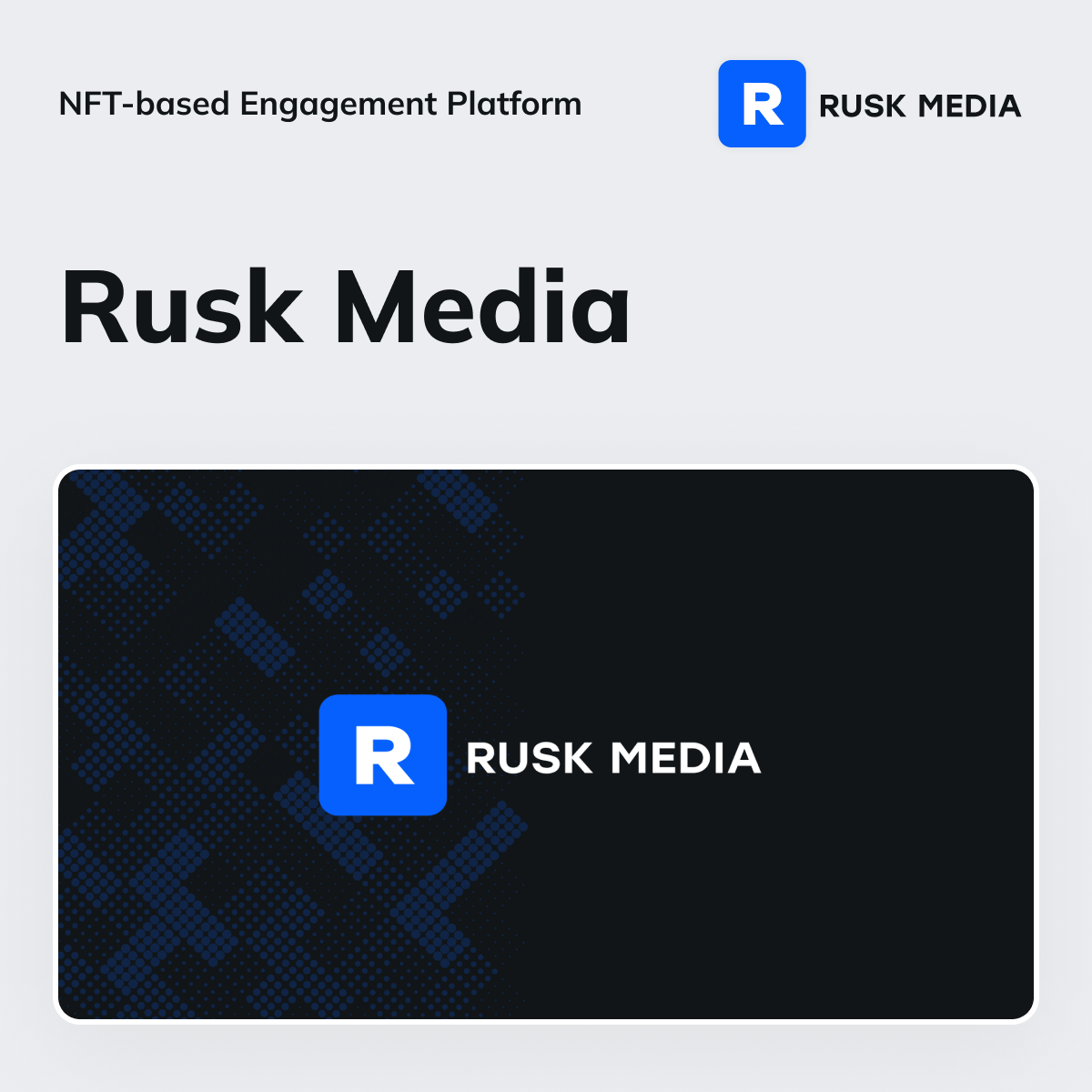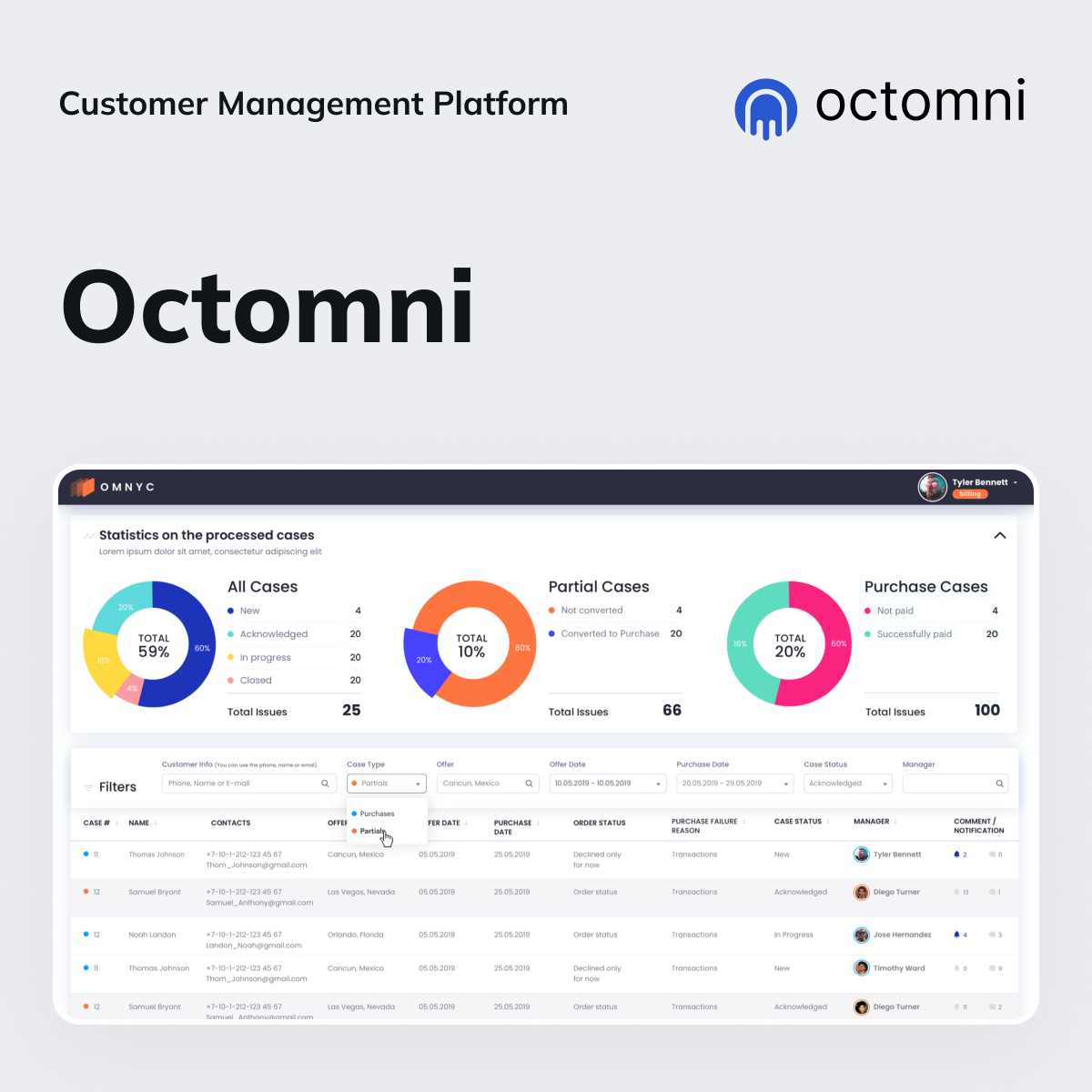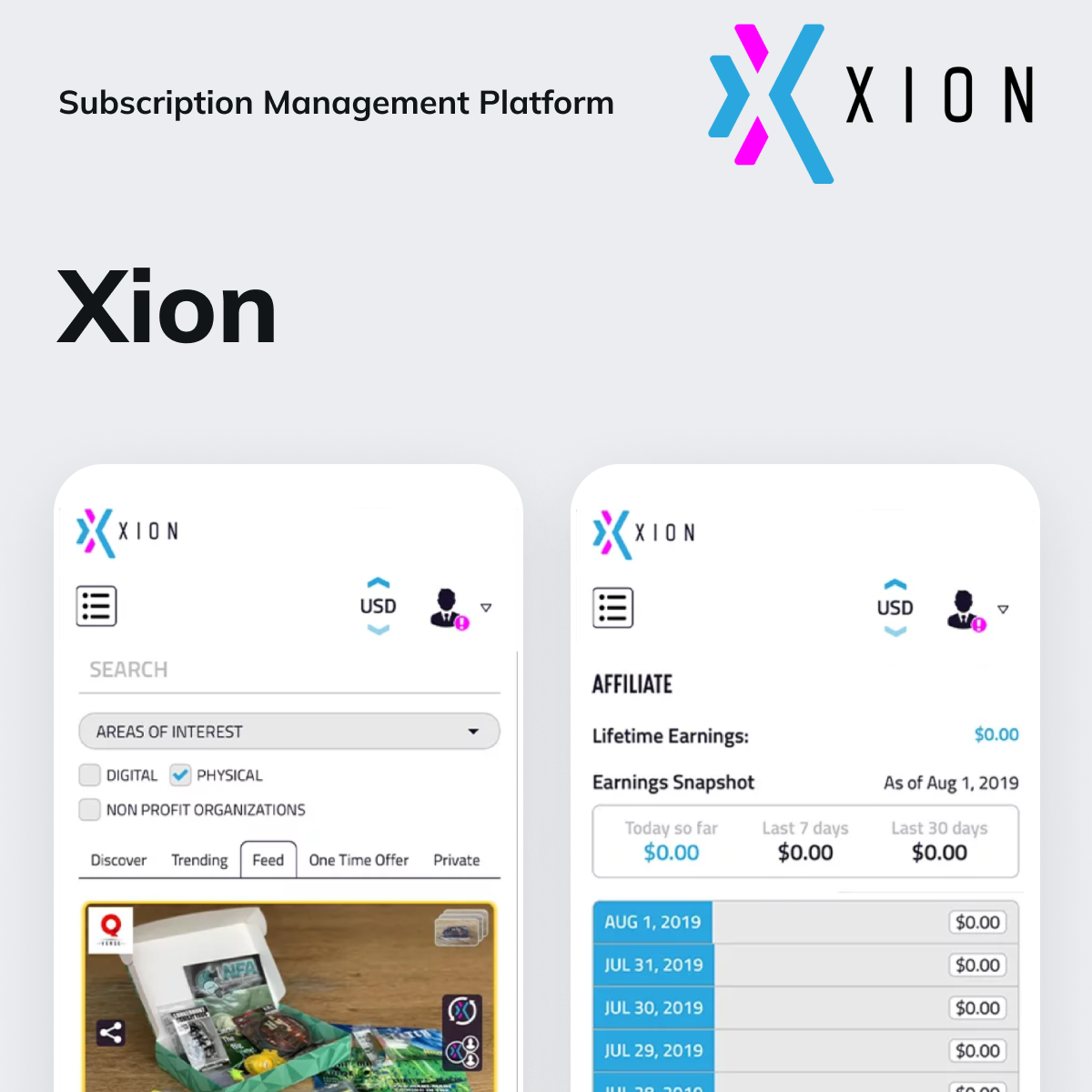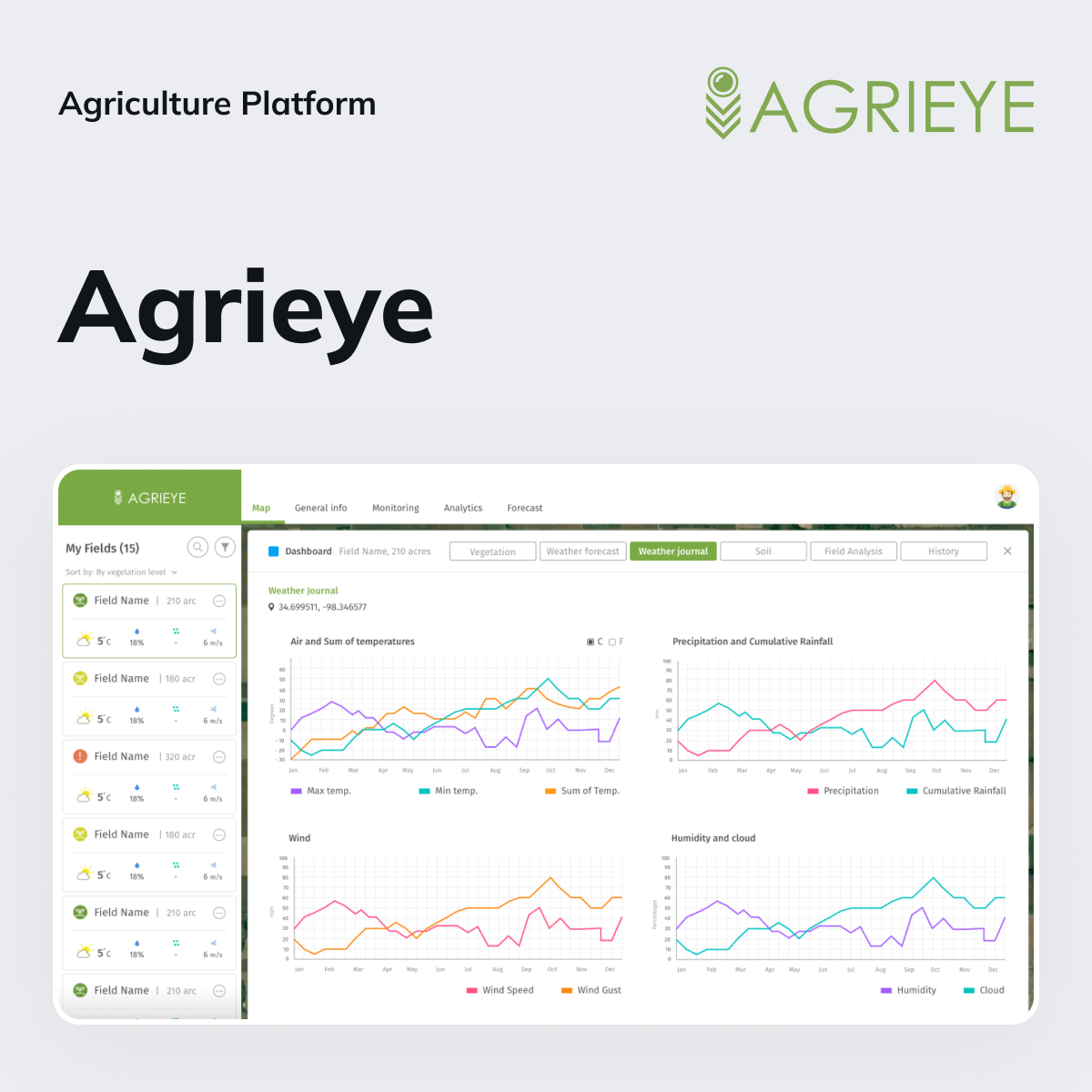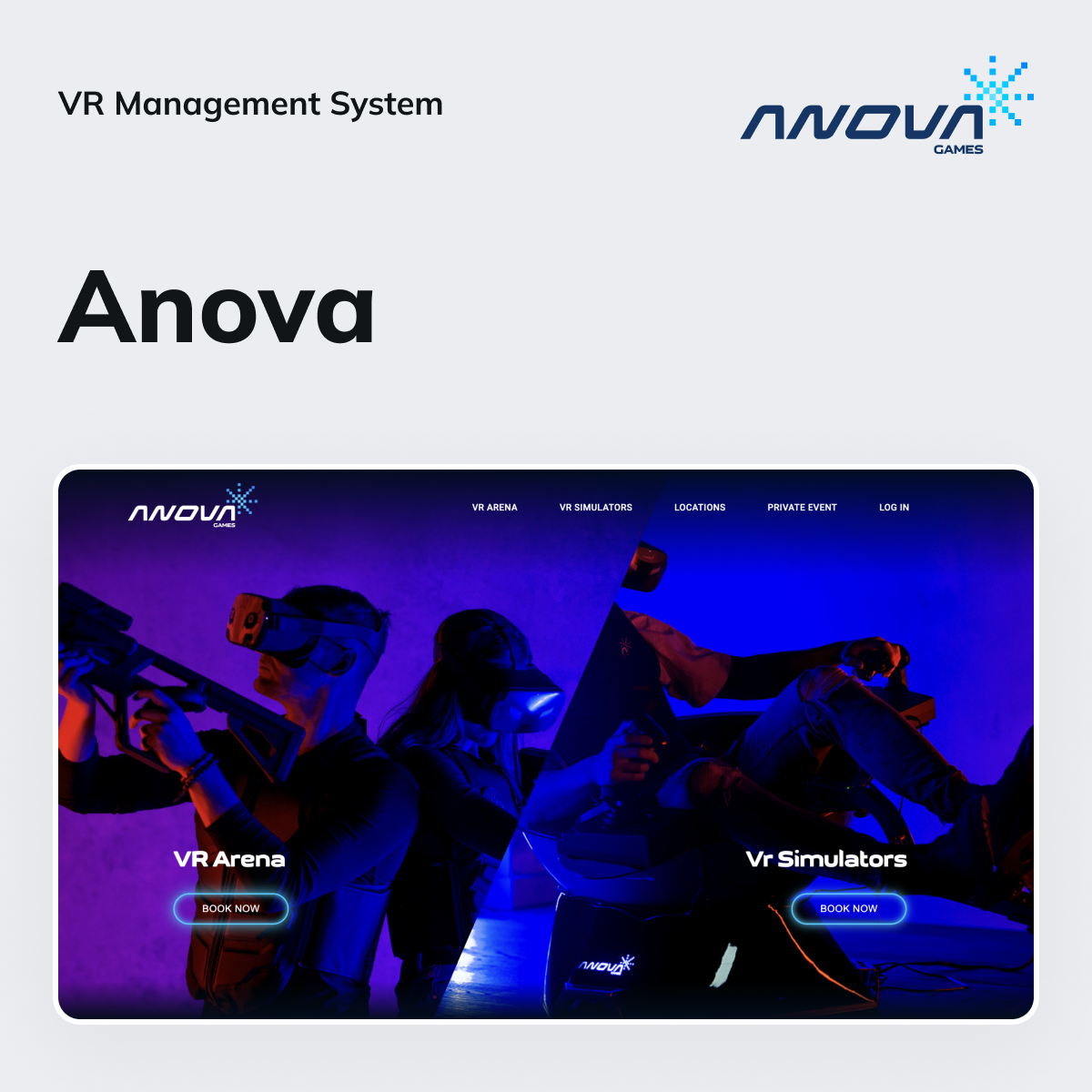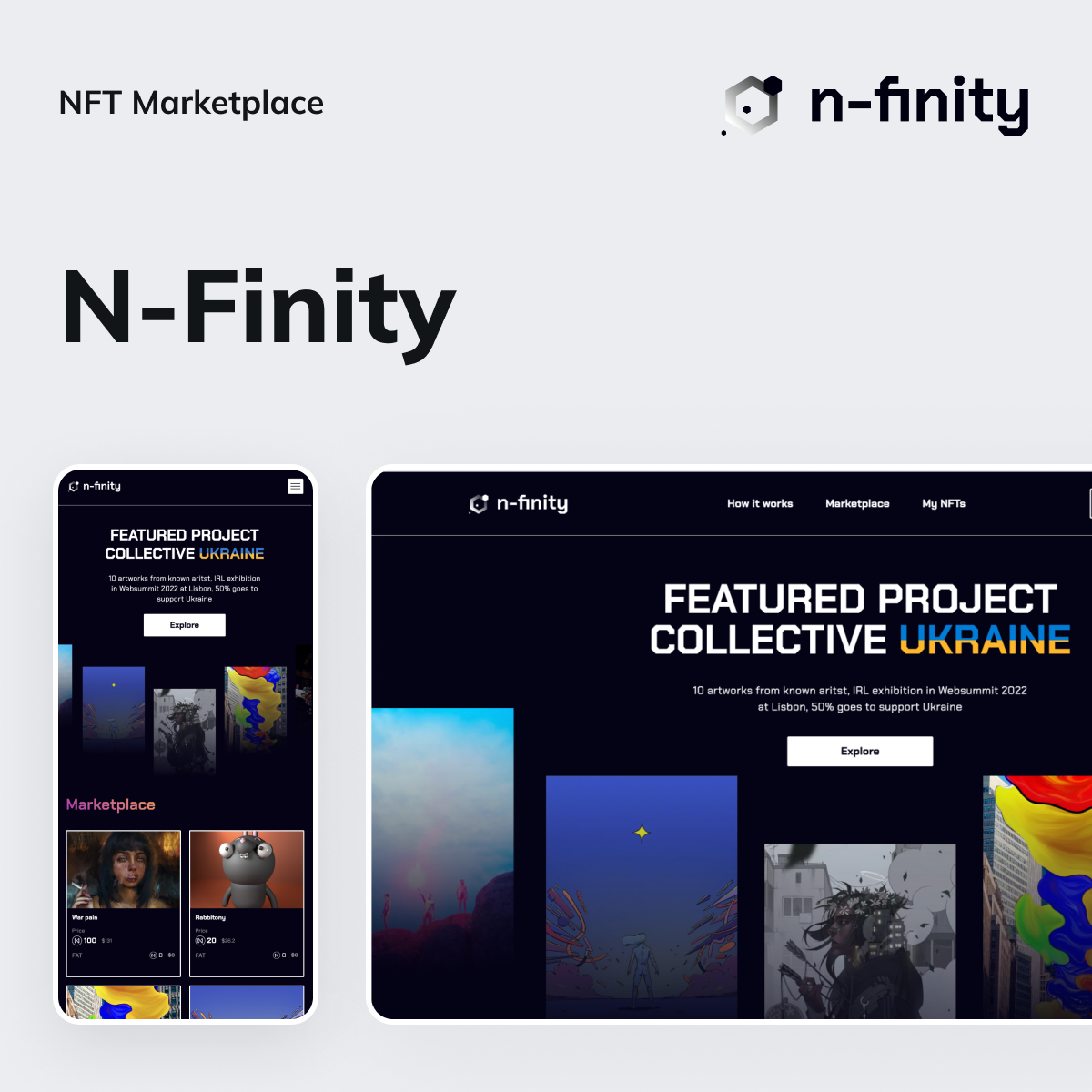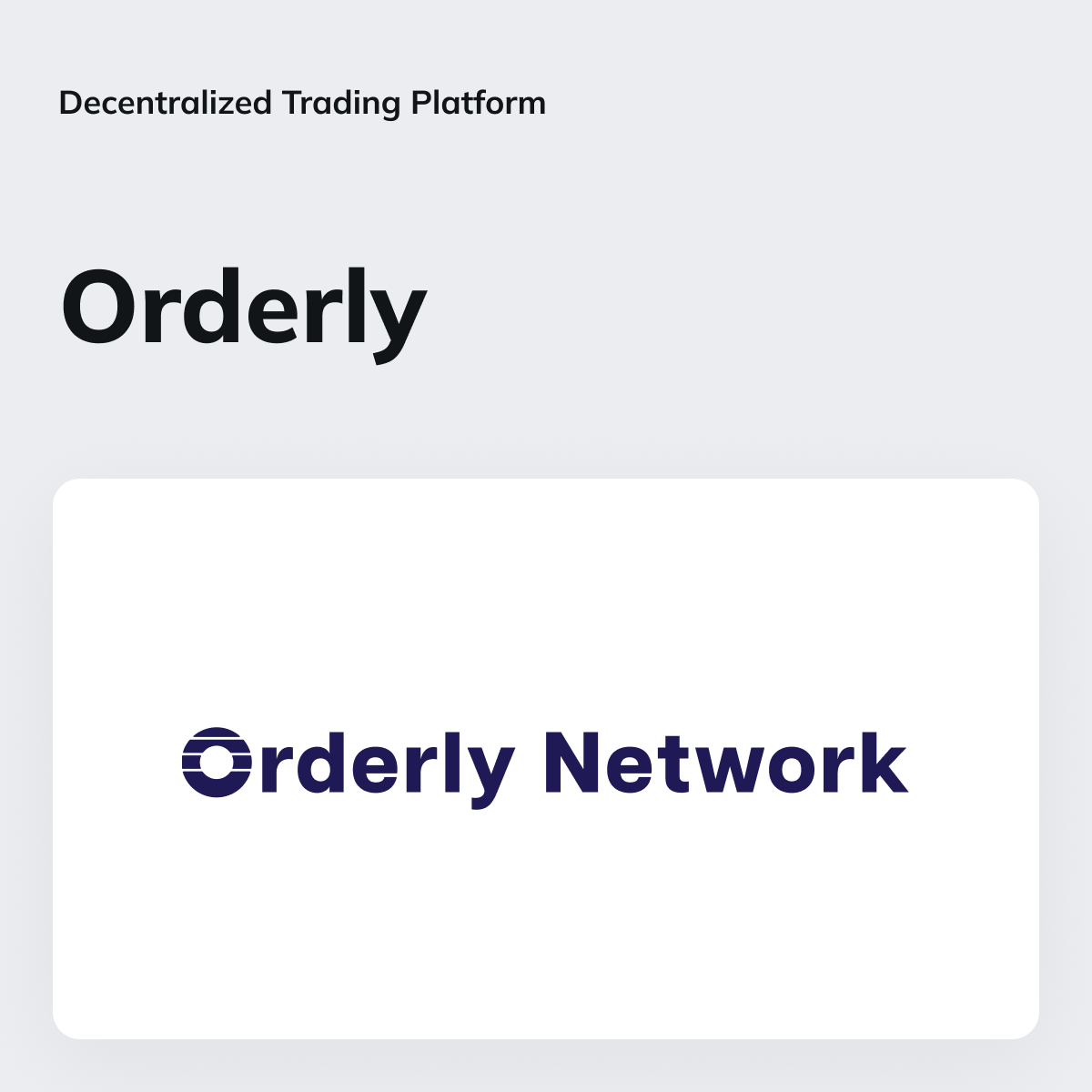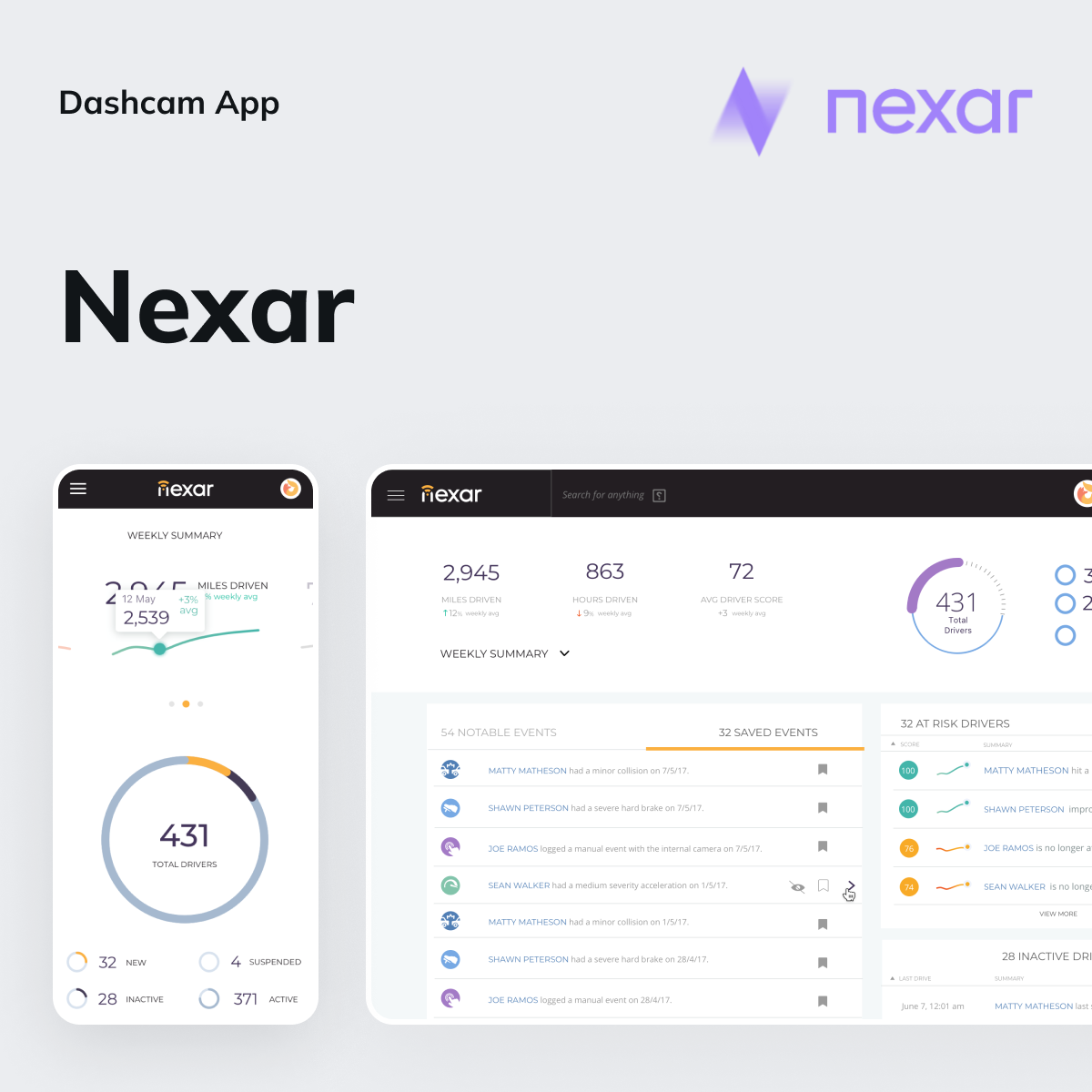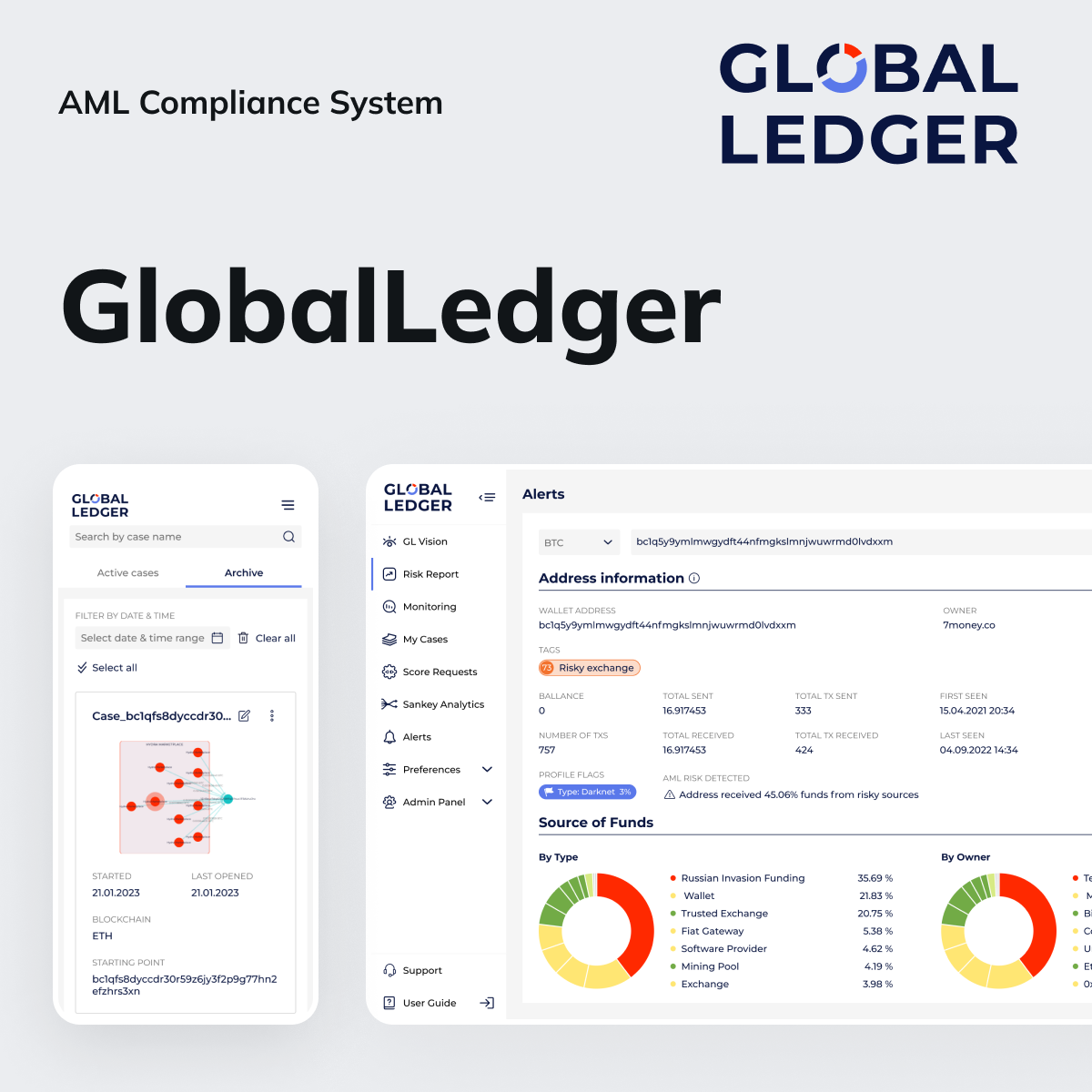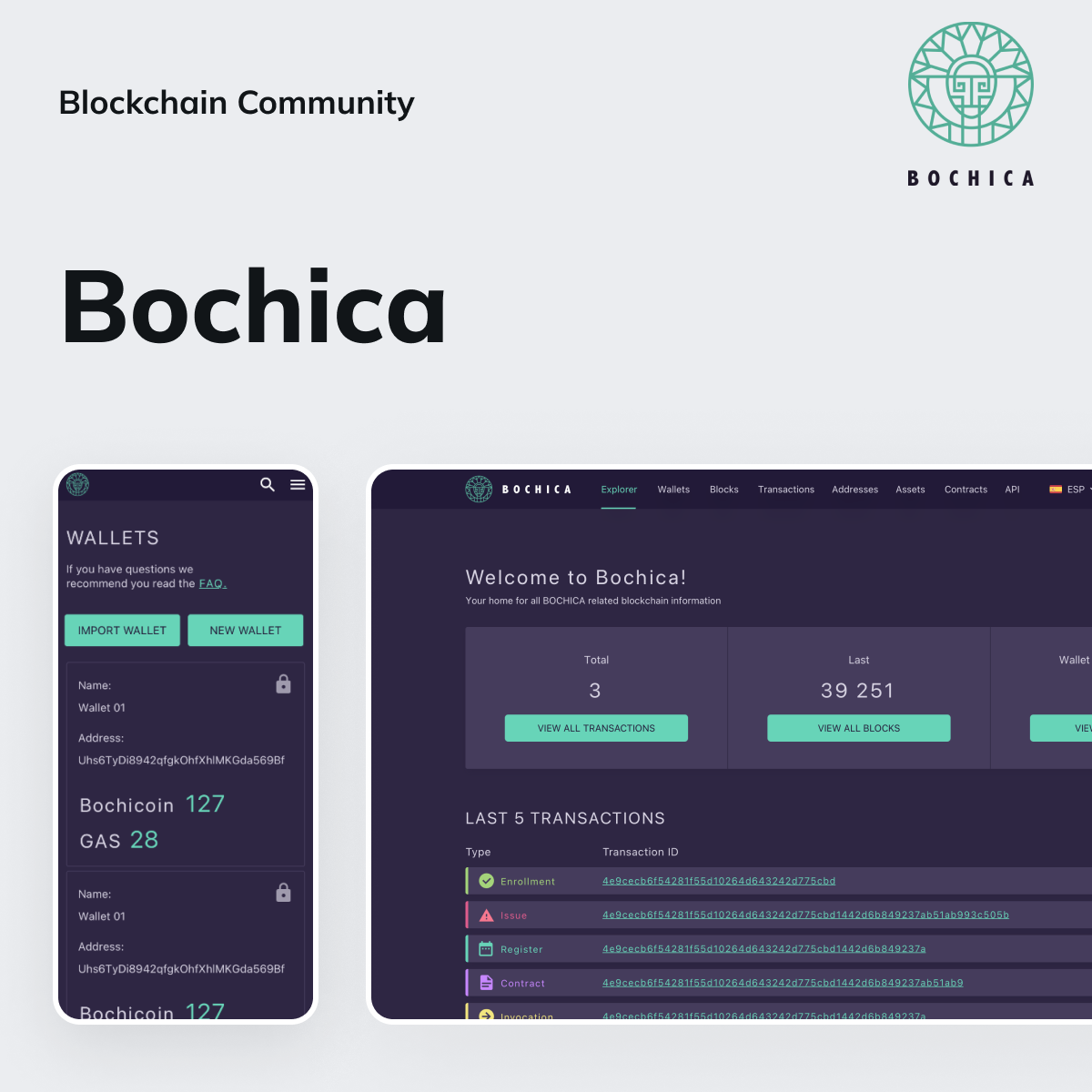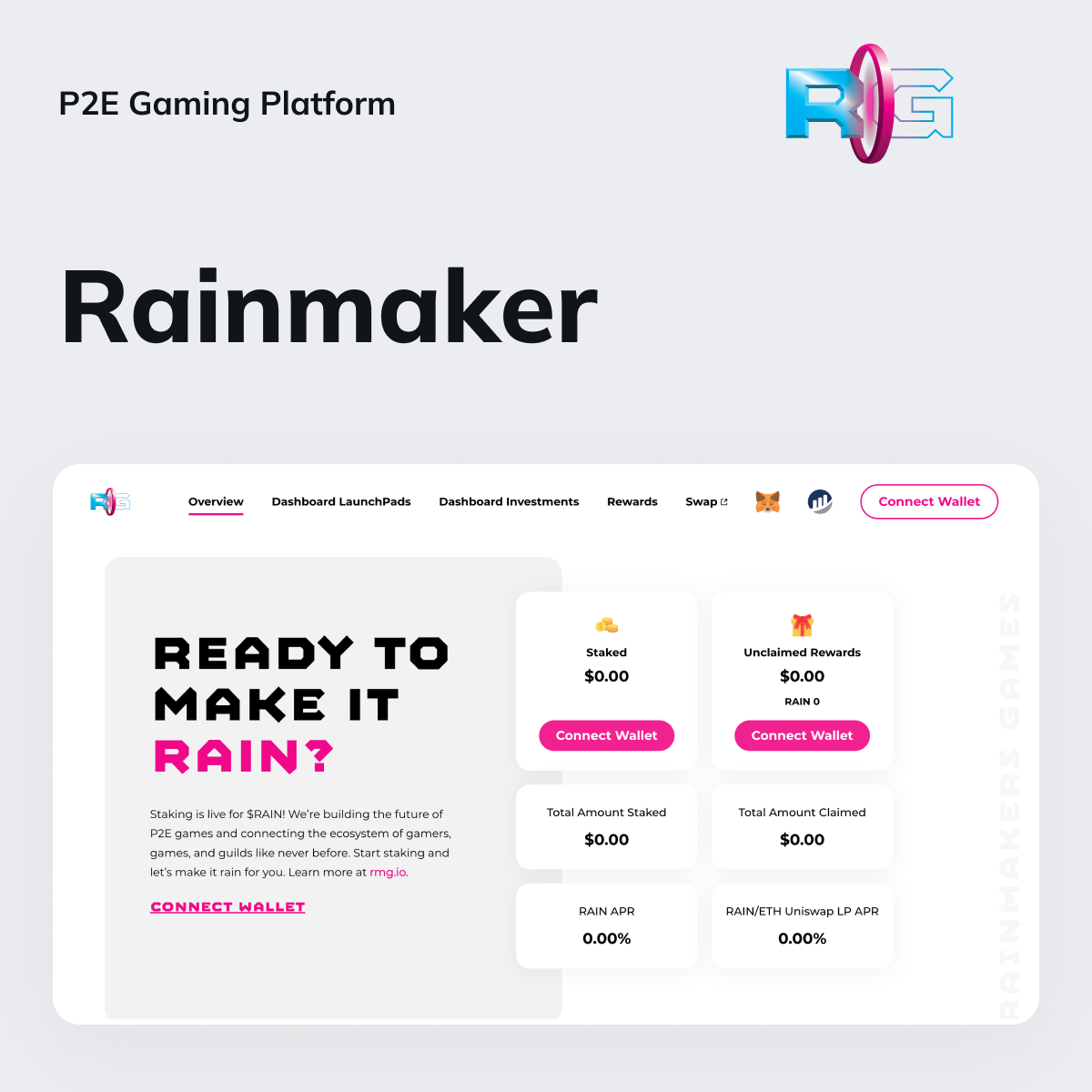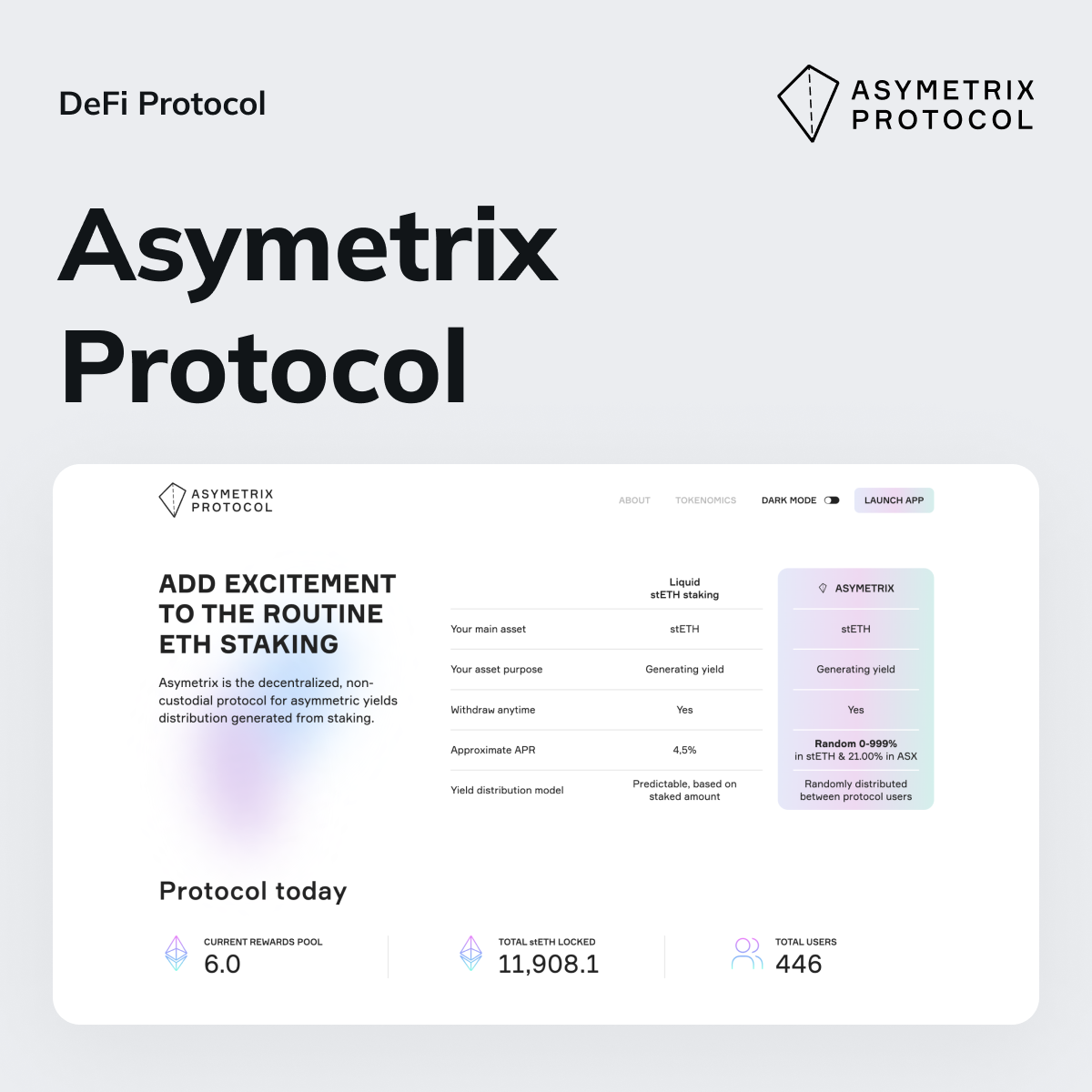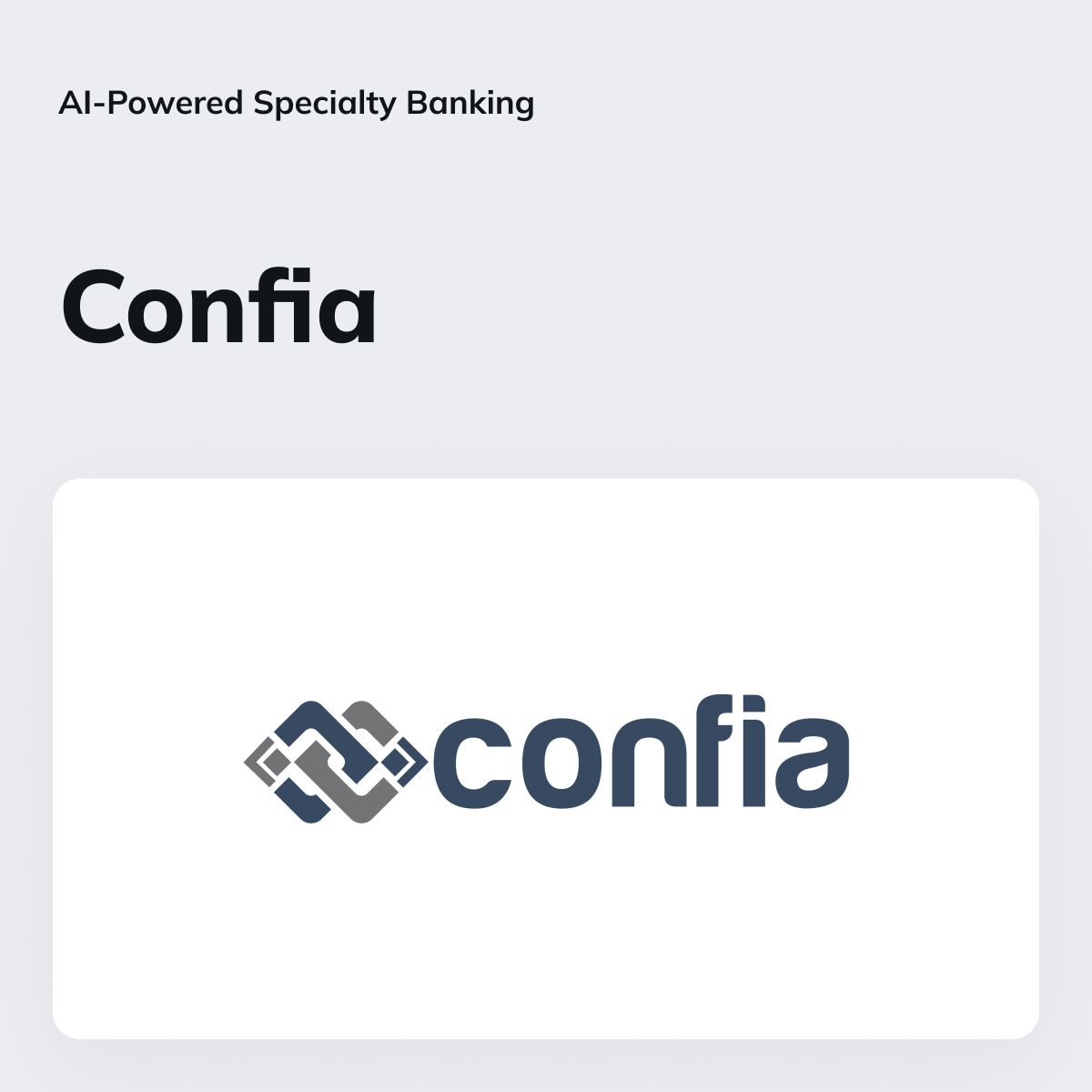The IdeaSoft team played an active role in developing fundamental features for the initial BridgeMutual platform as well as worked on covering aspects such as capital pool, leveraged portfolio, and voting process refactoring for the protocol v2. Solidity developers implemented key features like smart contract refactoring for additional features and multichain support, contributing to the robustness of BridgeMutual’s contract infrastructure. Simultaneously, the UI/UX design team played a vital role in visually shaping the platform.
Furthermore, the IdeaSoft team actively engaged in business analysis, defining the product feature list, and contributing to protocol feature development and branding for the new v3. Protocol v3 is the predecessor of the Bridge Mutual platform and is firstly originated as a v2 with an enhanced concept of decentralized insurance.
Protocol v3 serves as a highly scalable infrastructure for decentralized insurance, serving as a marketplace that connects policy purchasers seeking protection with coverage providers aiming for returns through policy underwriting. This innovative solution povides insurace for crypto assests sefeguarding against smart contract exploits, front-end application attacks and stablecoin depegs. Users also have the flexibility to design custom policies with unique protections and engage with underwriters.
Furthermore, IdeaSoft provided a dedicated Product Ownter for the team and set up the overall project management during the whole time of BridgeMutual products development. Business Analysts and Product teams delivered requirements for the v3 application, effectively managing the implementation of staking, token claiming, voting with platform native NFTs, and rewards pool creation. This unified approach underscores the team’s commitment to innovation and excellence in the decentralized insurance space.
